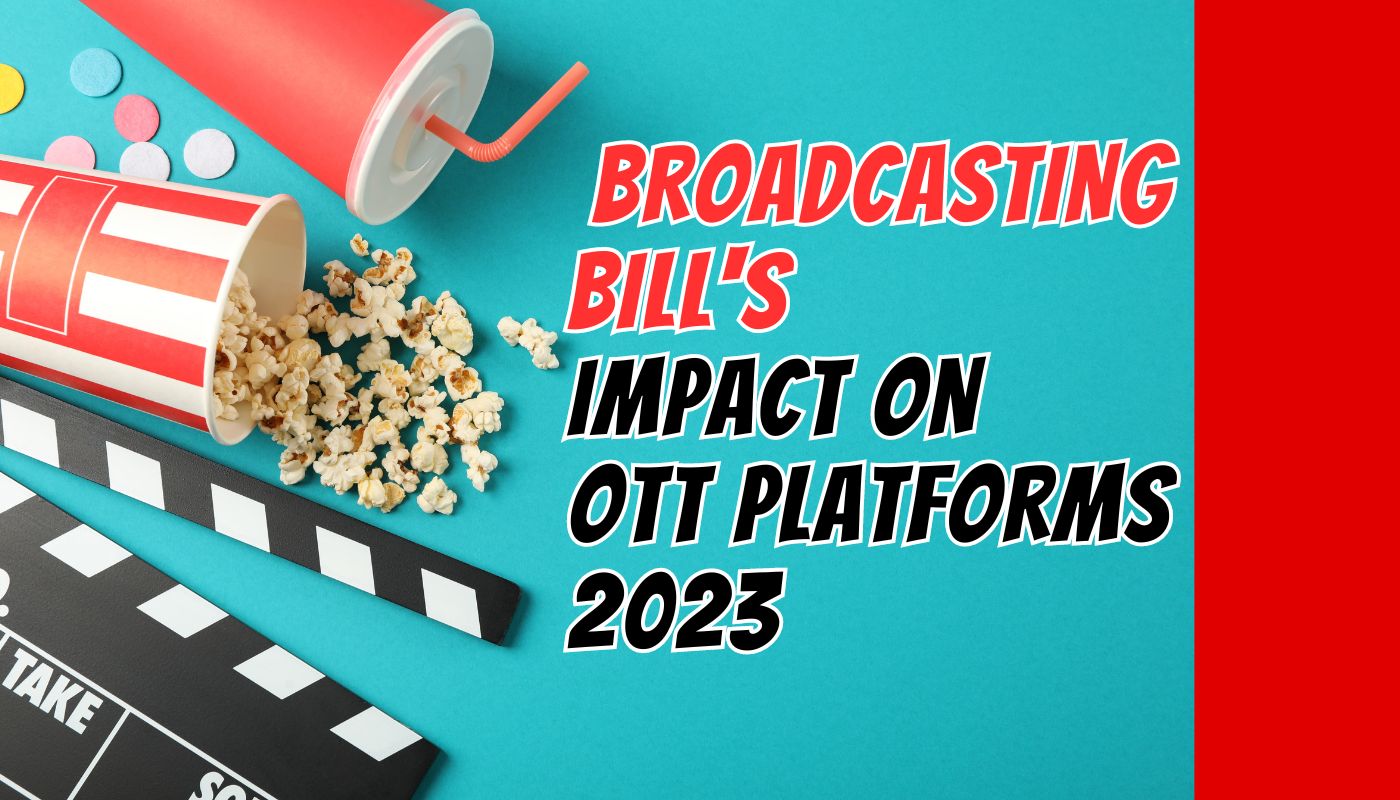MUMBAI: Gartner, the global IT research and advisory firm, predicted in a recently published report that India will have 6.9 million mobile and fixed Worldwide Interoperability for Microwave Access (WiMAX) connections by the end of 2011.
Gartner cautioned that India will remain a niche market for this technology until 2009. Although the Indian government is strongly promoting WiMAX as a technology to connect the country with broadband services, the country-specific mobile broadband framework makes a nationwide rollout of WiMAX cost prohibitive.
Although presented as an important driver for broadband policy in India, the Indian government has failed to effectively motivate operators to roll out country-wide mobile broadband.
WiMAX has been selected by the Indian government to connect rural areas to the Internet. However, low PC penetration will lead to limited demand.
Gartner principal research analyst Naresh Singh says, "By January 2008, India had only 3.4 million broadband subscribers, far short of the target of 9 million by 2007 set by the broadband policy. Given the low levels of PC penetration in India, there will be a limited demand for WiMAX and the country-specific mobile broadband framework makes a nationwide rollout of WiMAX cost prohibitive. Hence, in the near term, WiMAX is still a niche technology and limited to enterprise and high-end residential users in urban India."
As mobile frequencies will not be available in the short term, Gartner does not expect mobile WiMAX rollouts to be available at larger scales before 2009, at the earliest. Therefore, most WiMAX connections in the short and mid-term will be for nomadic or fixed wireless applications.
While the government policy proposes extensive rural coverage using WiMAX, Gartner believes that due to the limitations of the spectrum allocation, the only deployment for a sustained business case is to bring WiMAX broadband (point-to-point 802.16-2004) to rural centers in villages or schools, hospitals and so on.
From the access point, individual access will then be available via a Wi-Fi mesh. In urban areas, WiMAX can be utilized to offer mobile and semi-mobile broadband to consumers and enterprise customers.
In November 2007, the Department of Telecom (DoT) decided that it would auction the 3G and WiMAX Spectrum. For 3G, the Indian government allocated 30 MHz of bandwidth in the 2100 MHz band.
Therefore, there will be three or six licenses released dependent on the government’s decision on whether 5 MHz or 10 MHz will be given to each license holder. The government also decided to auction three WiMAX licenses in the 2.5 GHz band with 10 MHz each.
The timeline and bandwidth of 3G and WiMAX licenses will heavily impact the future mobile broadband access market share in between 3G and WiMAX.
The permission for mobility in the WiMAX license will also influence the future of WiMAX growth. Also, 3G seems to have, in comparison to WiMAX, a better ecosystem in place.
Singh said, “In the near-term, the Indian WiMAX market is not very promising. Gartner advises carriers to focus on the enterprise market and high end residential subscribers. At the present time, it is not clear if vendors would benefit from risk-sharing models with Indian operators. Overall, the long term potential of the Indian WiMAX market heavily relies on spectrum allocation, WiMAX ecosystem maturation, and the timeliness of WiMAX and 3G licenses.”



